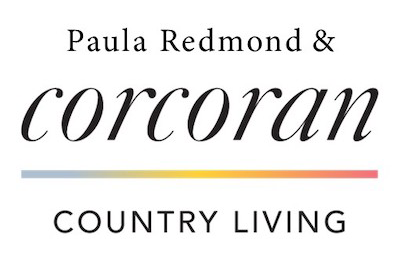- Protecting the natural resource value of land, such as agricultural soils, wildlife habitat, ecologically sensitive areas such as wetlands, and the land’s scenic attributes; and
- Creating opportunities for human use and occupancy.
Conservation Land Planning involves a combination of carefully planned building areas combined with areas that are important for conservation. These measures help to carefully plan for a property’s future by being sensitive to its special attributes and characteristics, and preserving what is truly special about the natural, scenic, and historic features of the property, while allowing some development to occur.
Land Planning Analysis
While some landowners know exactly what they want for the future of their land, others need assistance to help them determine what makes sense for them. The DLC can work with landowners to plan locations for buildings or development that will not compromise the important open space and natural resources on the property. Planning for some limited development can help address family and financial goals and still accomplish the preservation of the overall open character of the land.The DLC first prepares some maps of the property and conducts a resource analysis to determine specific areas that are important to protect. The resource values selected for preservation will depend in part upon the landowner’s personal and family objectives combined with the DLC’s conservation goals.
The next step is for the DLC to meet with the landowner to identify their short and long-term objectives for the land. These may include financial objectives such as selling the property in its entirety, a partial sale, or retaining areas where their children or others can build in the future. These are combined with the landowner’s conservation objectives – what does the landowner want to protect on their land?
After the initial analysis and meeting, if the landowner is interested in moving forward, the DLC will conduct a land planning analysis to determine the best places for limited development on the property. This can include the preparation of several options from which to choose, and provides the landowner with food for thought. If the landowner and the DLC decide to proceed with a conservation easement, this analysis can be used to designate specific areas for buildings (building envelopes) and the areas of the property to be protected (preservation areas.)
Conservation land planning merely ensures that what is built is sensitively sited and designed. The areas designated for future development are carefully selected to maximize preservation of natural assets and land value while minimizing development costs.


 © Dutchess Land Conservancy. All Rights Reserved.
© Dutchess Land Conservancy. All Rights Reserved.








